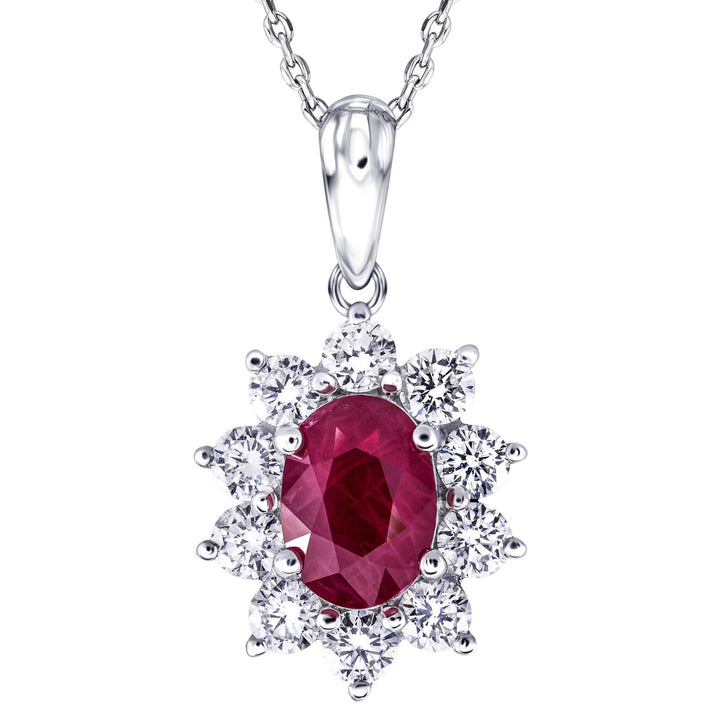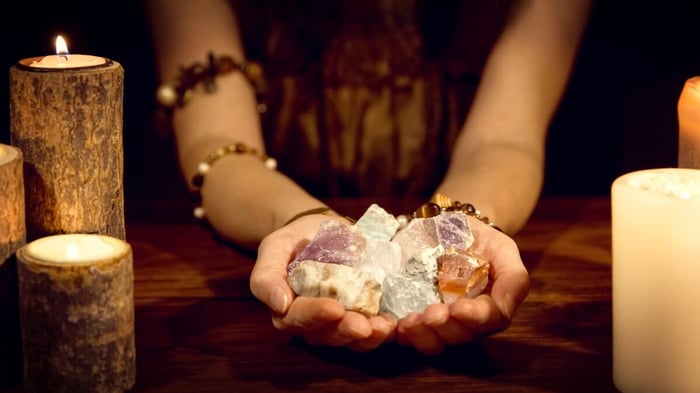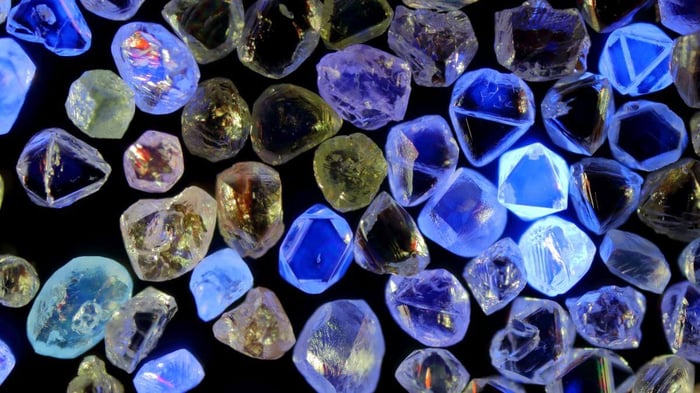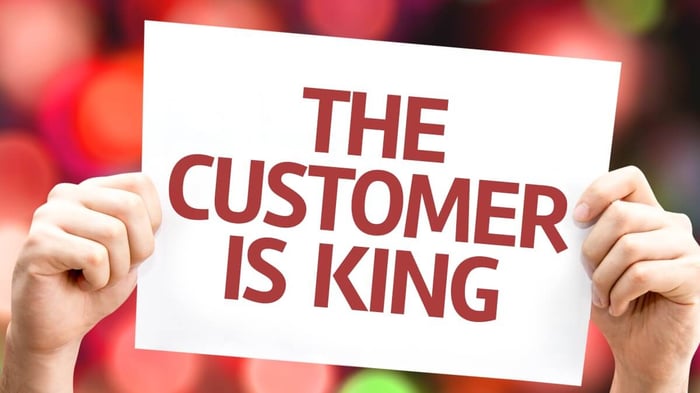What Is A Gemstone? What Makes Them Precious - Or not?
What exactly do people mean when they refer to gems and gemstones? Emeralds, rubies, sapphires, and diamonds are some of the more well-known varieties we are familiar with. Then there are gems such as opal, pearls and amber. Are they gems even though they are not so shiny or have facets cut into them? However, what precisely is a gemstone, how are they made, and why do we place such a high value on them?
According to the definition provided by the International Gem Society, a gem is “a mineral that has been chosen for its beauty and durability, then cut and polished for human adornment.” But that is not a complete definition, as the IGS points out.
Most gems are minerals, but some, like pearls and amber, are formed from the dead remains of live organisms. Pearls are formed inside the shell of a mollusc, such as an oyster, created around an irritant, usually a grain of sand. Amber is hardened tree sap that, over millions of years, hardens and transforms into a kind of natural plastic. Both pearls and amber have been thought of as gems for millennia, even though they are not minerals created within the depths of the Earth. These two are exceptions to the definition from the International Gem Society.
Gems are typically found to be of a colour that is evocative of other natural elements that we deem to be attractive or precious. The colour of emeralds is similar to the vivid green of plant life, the colour of sapphires is similar to the colour of the sky, and the colour of rubies is similar to the colour of rich blood. There are naturally occurring colour variations in each of these stones, including diamonds; nonetheless, the colours listed above are the ones that are most commonly associated with each gem. Although we think of diamonds as being white or clear, diamonds can also be found in a variety of colours, with pink and canary diamonds being particularly sought-after varieties.
Gems Are Usually Robust and Durable – But Not Always!
Pearls, opals, and moonstones are among the few types of gems that are susceptible to damage more quickly than other types of stones. In most cases, a gemstone must be hard enough to be worn as an ornament. However, some stones, although too delicate to be worn every day, are highly prized by collectors. Even if you just wipe the dust off of pearls, there is a chance that they will eventually become ruined. Your pearls are also susceptible to being harmed if you accidentally spritz them with hairspray or perfume.
Opals are extremely fragile and easily damaged, despite their high value as a result of their stunning beauty and iridescence, as well as their use in the creation of fine jewellery. If you drop them, they are likely to shatter into pieces. And there's a tale about a lady who went to a holiday party sporting an opal brooch on her lapel. When she left the warm environment of the party, the temperature immediately dropped, and the brooch, just like a glass that has been heated and then cooled too quickly, fractured as a result of the sudden change in temperature.
Opal 1.49ct and Diamond 0.82ct Cluster Ring in 9K Yellow Gold

$1,318.00
$2,240.00
This opal and diamond cluster ring in yellow gold is a classic yet modern ring that will look fabulous on your finger. The opal in the centre gives off a stunning creamy colour with iridescent highlights, and the diamonds clustered… read more
Ideas About What Is Precious Change Over Time!
Items that early people encountered in their natural environment, such as shells or bits of bone, were among of the first materials to be fashioned into jewellery. Archaeological digs have uncovered evidence that prehistoric people adorned their graves with flowers and carved ivory beads when they buried their dead. Making each of these simple ivory beads would have required hours of work with the simple tools of the day, indicating that they were items of great value and highly prized – they were very precious.
There is a possibility that prehistoric man discovered shards of turquoise in regions of Turkey and North America where it existed naturally; these may have been the first true gemstones used by mankind. Jewellery was also made out of the iridescent swirls that may be found inside an abalone or a conch.
They may have also discovered the earliest sorts of precious jewels in the form of natural crystals, such as quartz or diamonds. These crystals could have been found in the area where they lived. Crystals are solid objects in which the molecules are arranged in a symmetrical pattern.
About Crystal Gemstones
Once mankind discovered deposits of crystals, our ideas about precious items of adornment began to change. Very often, even in their natural state, crystals can look very beautiful. With even basic cutting and polishing, they look like nothing else on Earth. Today, most of the gems used in jewellery are crystalline in form.
In general, crystals can be classified as belonging to one of the following six shapes:
1) Isometric crystals, often known as cubic crystals, are characterised by their blocky, symmetrical shapes. Pyrite is an example of a crystal that has an isometric crystal structure. This substance has a metallic yellow or brassy tint akin to gold, which is why it is sometimes referred to as fool's gold.
2) Tetragonal refers to a crystal structure in which the individual crystals each have four sides and are structured like pyramids or prisms. Zircon is an example of a crystal that has a tetragonal crystal structure.
3) Crystals that have a hexagonal structure resemble pyramids or prisms with six sides. Beryl is one example of this type of crystal, and among the gemstones that belong to the beryl family are emeralds and aquamarines.
Halo Oval Morganite 4.26ct and Diamond 0.49ct Ring in 9k Rose Gold

$2,013.00
$3,520.00
Morganite is becoming a very popular gemstone with its attention-grabbing brilliance and colour. She will love to wear this morganite and diamond ring! The morganite's unusual yet brilliant colour contrasts with the diamond halo that extends down the sides of… read more
4) Crystals with an orthorhombic structure. Topaz is an example of a crystal that has an orthorhombic structure. Topaz can be found in a number of different colours; however, the deep amber hue is the most sought-after and expensive variation. Topaz had a far higher market worth in the past until huge veins of it were discovered in Brazil, which drove down its price and devalued the market.
5) Crystals with a monoclinic structure are short and stumpy, with faces angled inward at each end. Gypsum is an example of a monoclinic crystal.
6) Crystals that have a triclinic structure are typically flat and have sharp edges but no right angles. Each crystal contains three axes that are not of equal length. Feldspar is an example of a crystal that has three distinct faces.
Most crystals are not rare enough to be considered precious gemstones. However, in ancient times, all crystals would likely have been highly valued as their availability would have been largely limited to the immediate area of their deposits. As trade routes grew longer and were more easily accessed, the global rarity of crystals such as diamonds became more apparent. Combined with their inherent beauty, this has led to today’s precious stones having a high price due to their rarity and crystals such as quartz and topaz are no longer highly valued in jewellery.
Ruby 1.00ct & 0.60ct G/SI Diamond Necklace in 18k White Gold

$1,999.00
$3,410.00
This stunning diamond necklace is made of 18k white gold with an array of brilliant cut ruby. A unique and eye-catching ruby diamond makes this piece a one-of-a-kind jewellery item. The necklace is available in a 1.00ct & 0.60ct G/SI… read more
All Diamond Precious Gemstones – More Than Just Diamonds!
Diamonds are at the heart of almost all of our fine jewellery, but our designers understand that colour and size can add tremendously to the beauty of the jewellery they create. They enjoy creating stylish pieces that use other gemstones, which are not all precious, that will enhance the wearer's beauty. For that reason, you can find jewellery in our collections that use gems such as sapphire, ruby, yellow diamond, aquamarine, tanzanite and opal. But we never forget to add the beauty of white diamonds to accentuate the colour and add sparkle to the mix!




